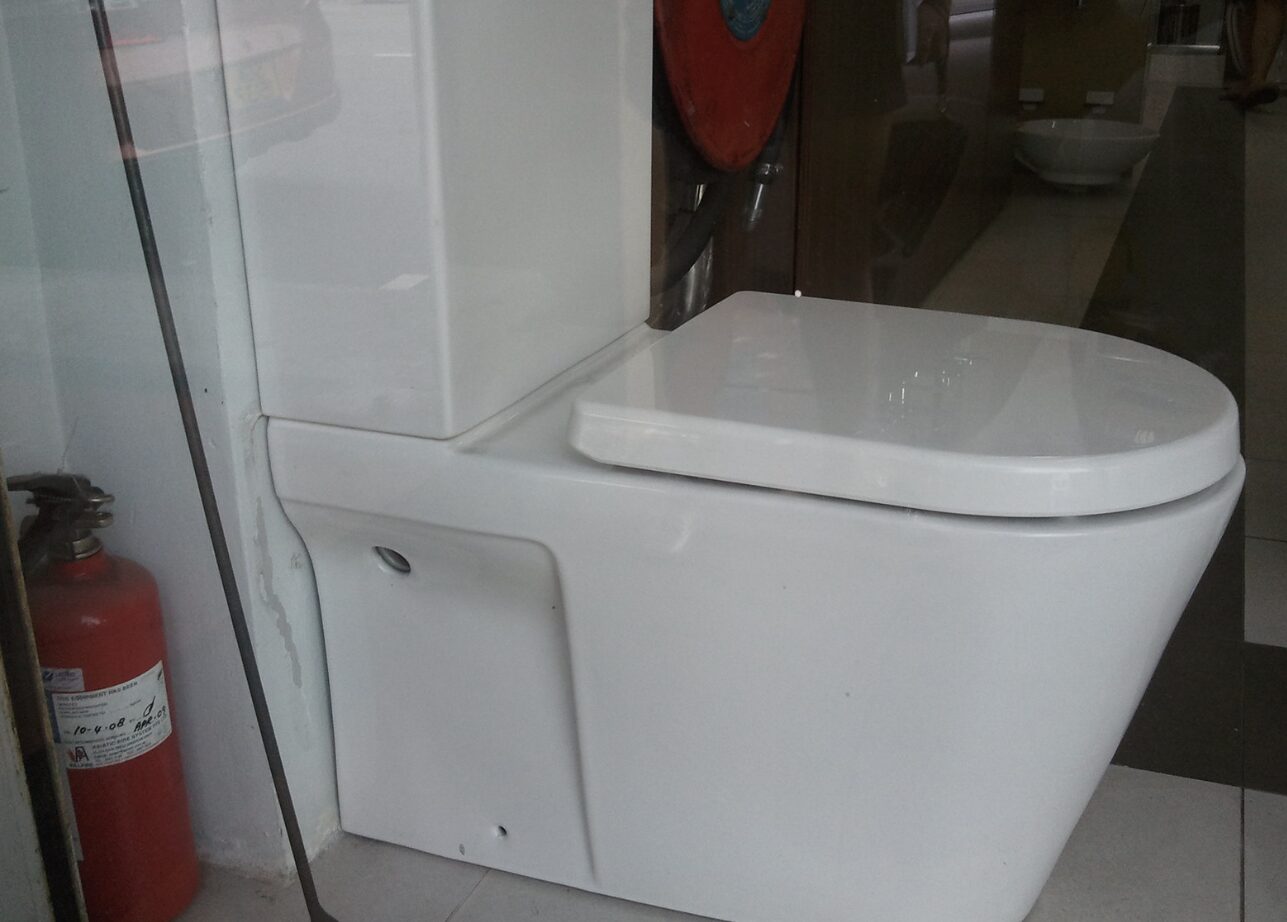
Nightmare! Total nightmare! I really don’t know how else to think or write about this. Rats in the toilet? Just the thought sends shivers down my spine, and honestly, I don’t even want to entertain the idea, let alone experience this scenario firsthand. After hearing a few urban legends, I was curious (and terrified), so I started asking around. My friends were just as skeptical and freaked out. “No way that can happen,” they laughed. But guess what? It’s not a myth.
Rats can, indeed, make their grand entrance right into your toilet, and just knowing this fact was enough for me to dive deep into a frenzy of worrying and researching. Like, what in the world would I do if I encountered a rat in my toilet? The first thing that pops into my mind is to run. But realistically, so would the rat—potentially after me! Clearly, I needed better solutions. So here’s the lowdown on what I discovered…

First Things First: Can Rats Really Swim Up Our Toilets?
Absolutely, yes. Rats in the toilet aren’t just some horror movie fiction; they’re a startling reality. These creatures are surprisingly adept swimmers. They can hold their breath for up to three minutes and tread water for as long as three days. They can even squeeze into spaces as tiny as a quarter. The usual route for these sewer-loving swimmers begins in your home’s main sewer line. They shimmy up, navigating through the narrow urban waterways, and presto, they pop up in your toilet like a grotesque surprise in a jack-in-the-box.

How Do They Do It?
Well, it turns out rats are attracted to the scents of food and waste that linger in our sewer lines. They explore these lines by squeezing through the smallest of cracks and climbing inside the vent stacks that lead to the roofs of buildings. Once they find a drainpipe that leads downward toward a toilet, it’s merely a matter of paddling upwards and making a grand entrance right into the porcelain throne.
Encounter of the Rodent Kind
Imagine this: it’s the dead of night, you’re groggily making your way to the bathroom, and as you flip on the light, there it is—a rat, casually lounging in your toilet bowl. What do you do? Well, after my initial instinct to sell the house and move to a rat-free island subsides, here’s the more rational action plan I put together after consulting with every expert source I could find:
Keep Your Cool: Panicking will likely scare the rat, potentially driving it to seek refuge in even less accessible parts of your home.
Contain the Situation: Quickly close the toilet lid to prevent its escape and place something heavy on top. Rats can be surprisingly strong, and the last thing you want is a chase scene in your bathroom.
Dial for Help: This is definitely a situation for the professionals. Pest control can manage the situation with the right equipment and safety protocols.
Handling a Deceased Visitor: If the rat isn’t alive, wear gloves to remove it from the bowl, place it in a sealed bag, and dispose of it properly. Don’t forget to disinfect every surface within a mile radius (okay, maybe just the bathroom).

Flushing is a No-Go: Whether it’s dead or alive, flushing the rat is a bad idea. It’s inhumane if it’s living, and could cause significant plumbing issues either way.
Prevent Future Uninvited Guests: After handling the immediate crisis, consider installing a non-return valve in your sewer system. This gadget allows waste to exit but prevents rodents from entering.
Regular Checks: Keep an eye on your plumbing to ensure there are no easy entry points for future intruders. Make sure all pipes and vents are secure and in good repair.

As for me, since learning all this, I’ve been extra vigilant. Maybe I’m checking the toilet a bit too obsessively before each use, but hey, can you blame me? And about that idea of moving out? Well, let’s just say my browsing history has seen a significant increase in real estate listings.
So, do you believe it now? —rats in your toilet aren’t just an urban myth but a potential reality. But with the right knowledge and precautions, you can prevent these terrifying scenarios and tackle them with confidence if they do arise. Stay alert, stay informed, and maybe keep a heavy book near the bathroom, just in case.
People who have this line on their hand are very special.

Palmistry, practiced in China and India over 5,000 years ago, is a technique that predicts the future by reading the lines on the hand. Among these lines, one is said to bring luck to those who have it.
The Main Lines: The hand has three main lines: the heart line, the head line, and the life line. These lines change over time, reflecting a person’s personality, experiences, and attitudes.
The Life Line: “The life line is a representation of life and its main events.” It starts between the thumb and index finger and runs around the thumb. A long, clear life line indicates stability, while an interrupted one suggests major life events or risks.
The Heart Line: “If it is long, straight, and well-defined…you are going to (or are already living) a beautiful and long love story.” A short heart line may suggest selfishness, while an interrupted one warns of heartbreak or a health issue.
The Head Line: This line reflects mental and intellectual abilities. “Straight…the mind is rather Cartesian,” while a sinuous line suggests intuitive thinking.
The Luck Line (Angel Line): Unlike the others, this rare line starts at the wrist and runs to the middle finger. It’s often tied to professional success and social achievements. “Many believe that people who have this line are very lucky,” as it’s believed to signify a guardian angel watching over them.



Leave a Reply